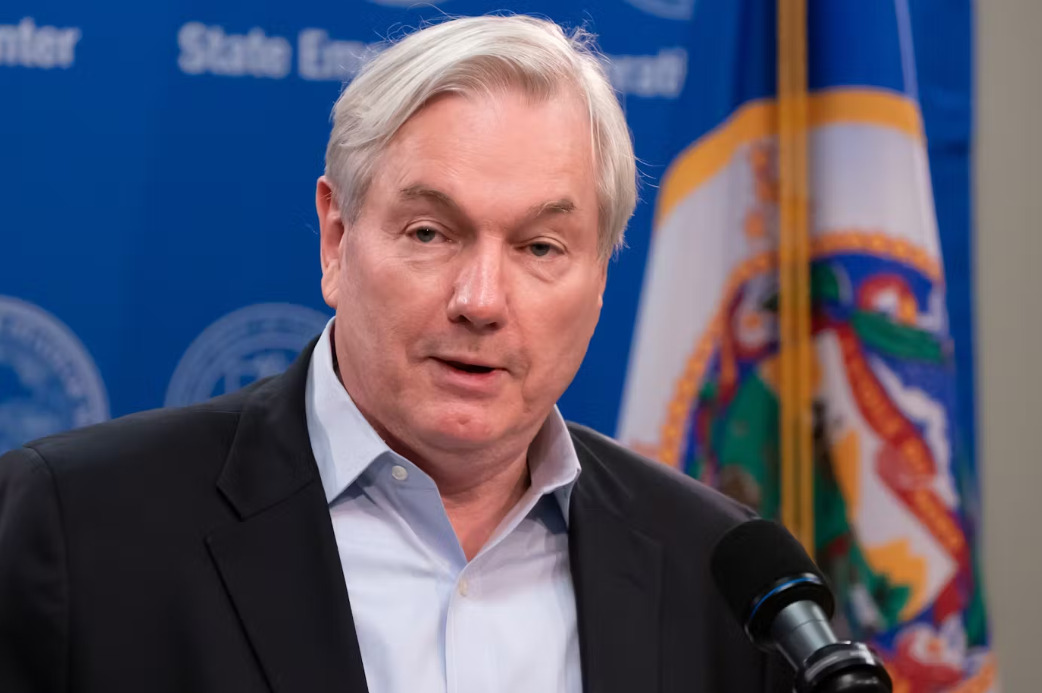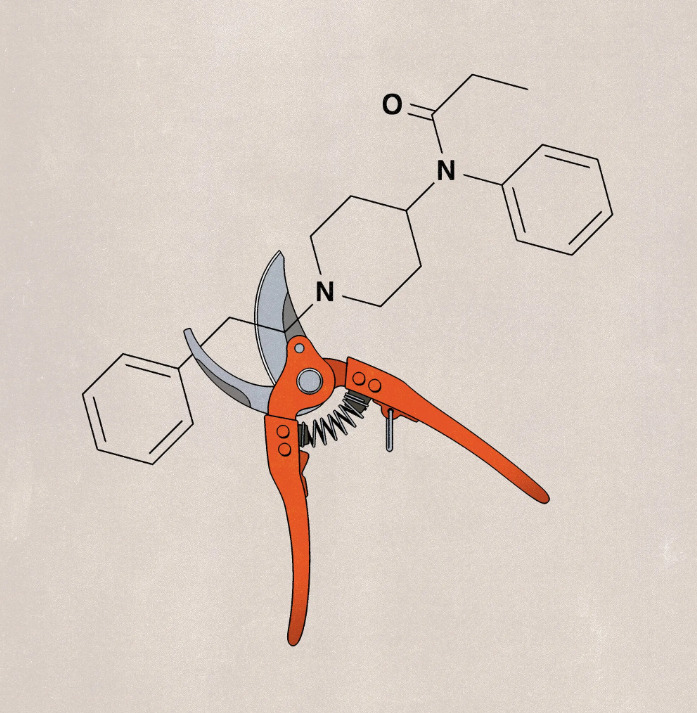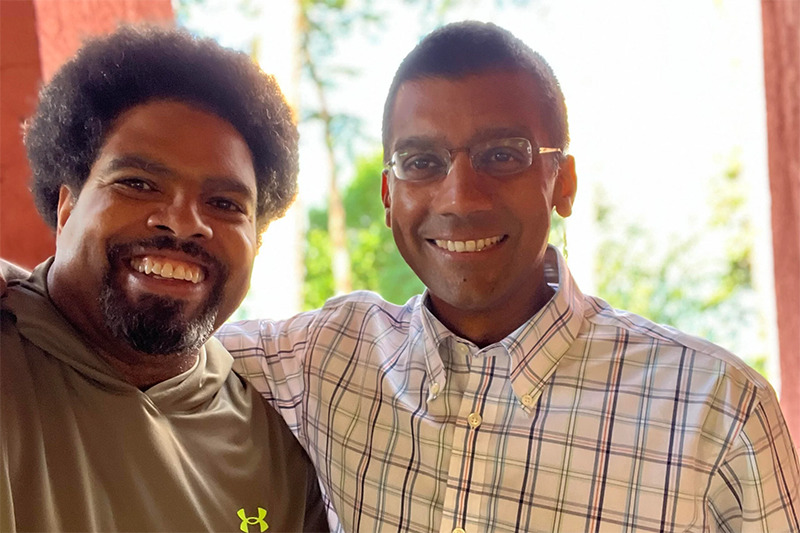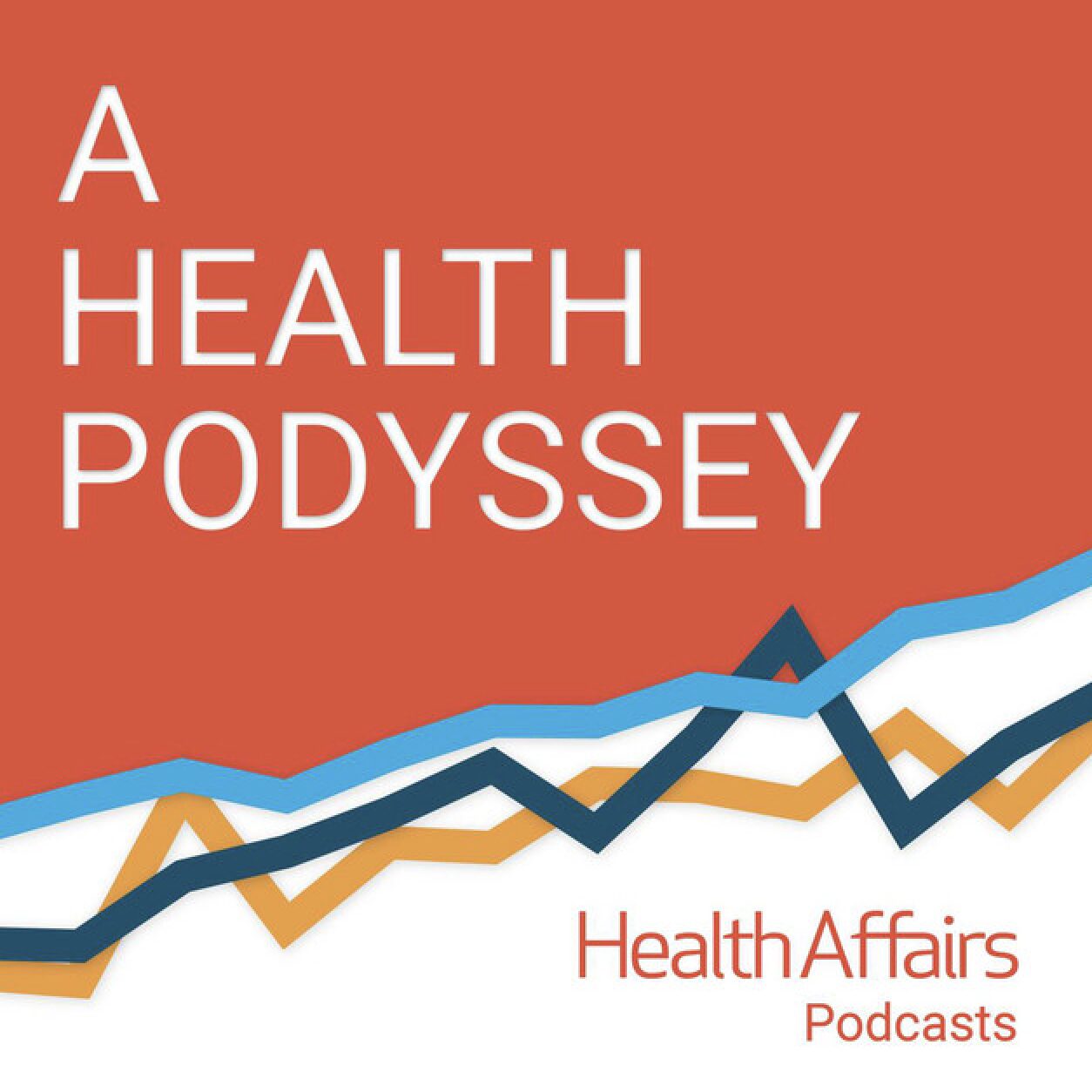The growing COVID-19 pandemic could last up to two years, with a potential second wave in the fall, according to nationally renowned University of Minnesota epidemiologist Michael Osterholm and a team of researchers.
The exact path the disease will take is unclear, but with no vaccine and a global population that had no immunity to the new coronavirus, COVID-19 could follow patterns seen in previous pandemics.
That means that governments will need to continually adjust their pandemic responses to waves of infections, which could have several peaks, rather than a distinct period of illnesses that burns out in a matter of months.
“We are learning how to die with this virus and we have to learn how to live with it,” said Osterholm, director of the Center for Infectious Disease Research and Policy at the U and a frequent infectious disease expert on national cable news programs.
Dr. Anthony Fauci, the nation’s top infectious disease physician, said this week that he thinks a fall wave of new cases was “inevitable.”
Reviewing eight global influenza pandemics over hundreds of years, the researchers noted that three pandemics since 1918 have been characterized by an initial wave of cases in the spring, followed by a larger wave in the fall.
The first wave tends to be concentrated in some areas, subsides during the summer and then becomes widespread in the fall.
“In the first wave of a flu pandemic you have a hit-and-miss phenomena; some cities are hit hard and some are not,” Osterholm said. “When the big wave came around in the fall that is not the case.”
It is still unclear what leads to the wave patterns, Osterholm said, but the virus will continue its spread until a critical mass of the population develops immunity through infection — roughly 70%. Right now, an estimated 5 to 6% of people have been infected, and even then it is unclear how long immunity will last.
COVID-19 caught people off guard as it was emerging in China in mid-December.
“Even the most experienced international public health experts did not anticipate that it would rapidly spread to create the worst global public health crisis in over 100 years,” the researchers noted.
In the United States, most public health surveillance systems at the beginning of the year mistook COVID-19 for the flu, which has similar symptoms, according to a study released Friday by the Centers for Disease Control and Prevention in Atlanta. Additionally, there was a widespread shortage of tests that could detect the new coronavirus.
Cases were also being imported from travelers returning from China and Europe, and cruise ship passengers played a role as well.
Those ships included 101 people, a few of them Minnesotans, who cruised the Nile River in February or early March and later tested positive, the CDC noted.
Their return to 18 states doubled the number of known cases in the country at the time.
Even if there had been earlier testing in the United States, COVID-19 would have ballooned to become a major public health problem.
“Even those who did early testing, they are constantly fighting this,” Osterholm said. “Singapore is in a state of emergency. Japan is in a state of emergency.”







